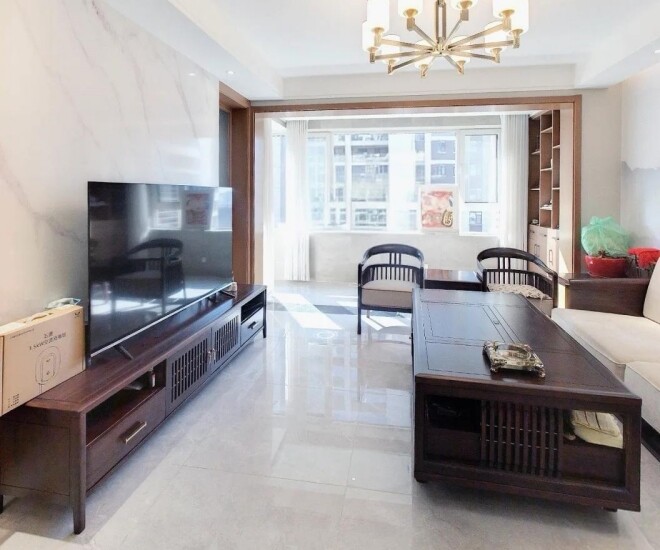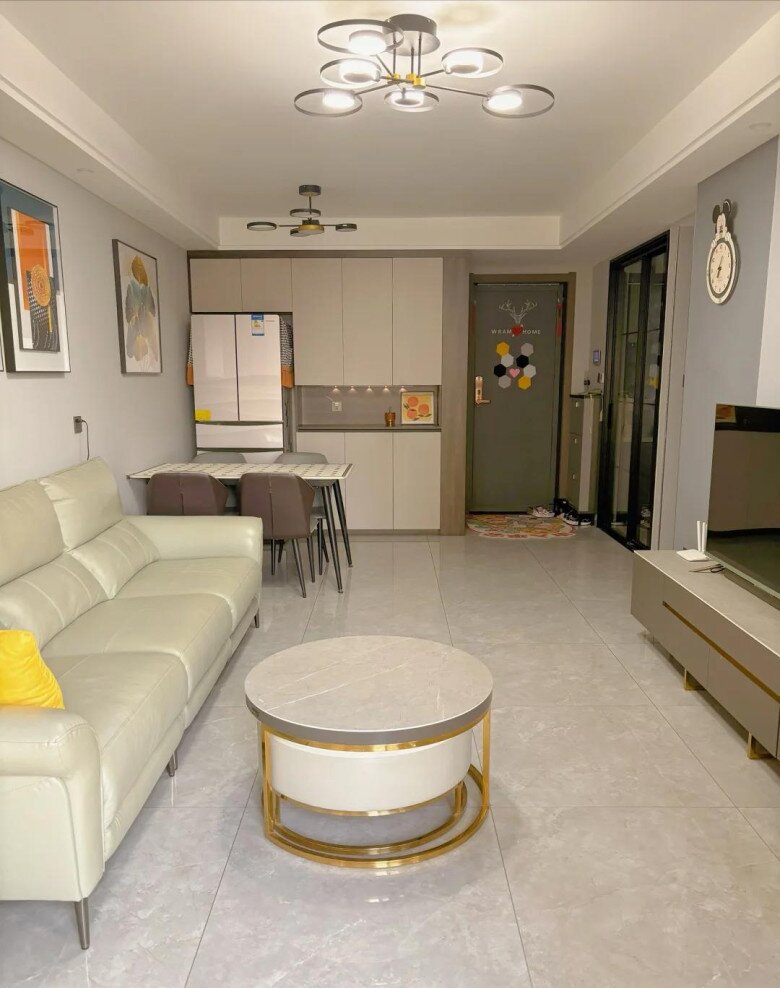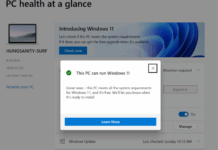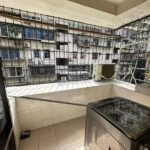Bright, well-ventilated corner units often captivate homebuyers, while others prefer the cozy, secluded feel of middle units. In reality, each has its pros and cons. Without a clear understanding, you might end up with buyer’s remorse.
A friend of mine once fell for a corner unit during a house hunt. The model unit was flooded with sunlight and breezes from two sides, feeling incredibly airy. However, after moving in, the reality didn’t match her expectations: while summers were cool, winters brought chilly winds that seeped through the windows, making it hard to stay warm despite using heaters.

1. Pros and Cons of Corner Units
The standout advantage of corner units is their abundant natural light and excellent ventilation. Positioned at the building’s edge, they often have 2-3 exposed sides, allowing ample sunlight and airflow, creating a refreshing atmosphere. For those who love sunlight, gardening, or drying clothes, corner units are ideal.
However, too much light can be a drawback. Corner units have more exterior walls exposed to the elements, leading to poor insulation. Summers can be scorching, and winters frigid, especially in northern regions where poorly insulated walls radiate cold. Additionally, noise is an issue. Proximity to exterior walls, main roads, or windy areas means corner units are more susceptible to external noise, such as wind and traffic. In densely populated buildings, elevator sounds and foot traffic in common areas can be disruptive.
That said, these issues can be mitigated with proper insulation and soundproofing. When choosing a corner unit, focus on wall quality, insulation materials, and window seals—these are key to comfort.

2. Middle Units: Unassuming Yet Reassuring
Middle units are often dismissed as dim and cramped, a relic of outdated designs. However, modern housing projects prioritize natural light and ventilation. Many middle units now feature two balconies and front-to-back layouts, ensuring ample light when buildings are adequately spaced.
Middle units excel in insulation and soundproofing. Surrounded by neighboring units, they maintain stable temperatures year-round, reducing heating and cooling costs. Their interior location shields them from external noise, ensuring peace even during storms.
While middle units may lack the brightness of corner units, their consistent comfort and lower utility bills make them appealing. Proper ventilation systems can address any stuffiness, ensuring a pleasant living environment.

3. Savvy Buyers Focus on These 3 Factors
Experienced homebuyers look beyond layout and location. Here’s what they consider:
– Orientation: South or south-north facing units are ideal for light and ventilation, regardless of type.
– Space Planning: A well-designed middle unit with logical room placement can outshine a poorly laid-out corner unit.
– Floor and Wind Direction: In windy areas, high-floor corner units can be uncomfortable, while middle units offer shelter. In hot, humid climates, corner units provide better airflow.
In conclusion, don’t be swayed by flashy descriptions. As one expert advises, “Choose a unit for its temperature stability and quietness, not just its brightness.” Those who heed this advice rarely regret their decision.






































